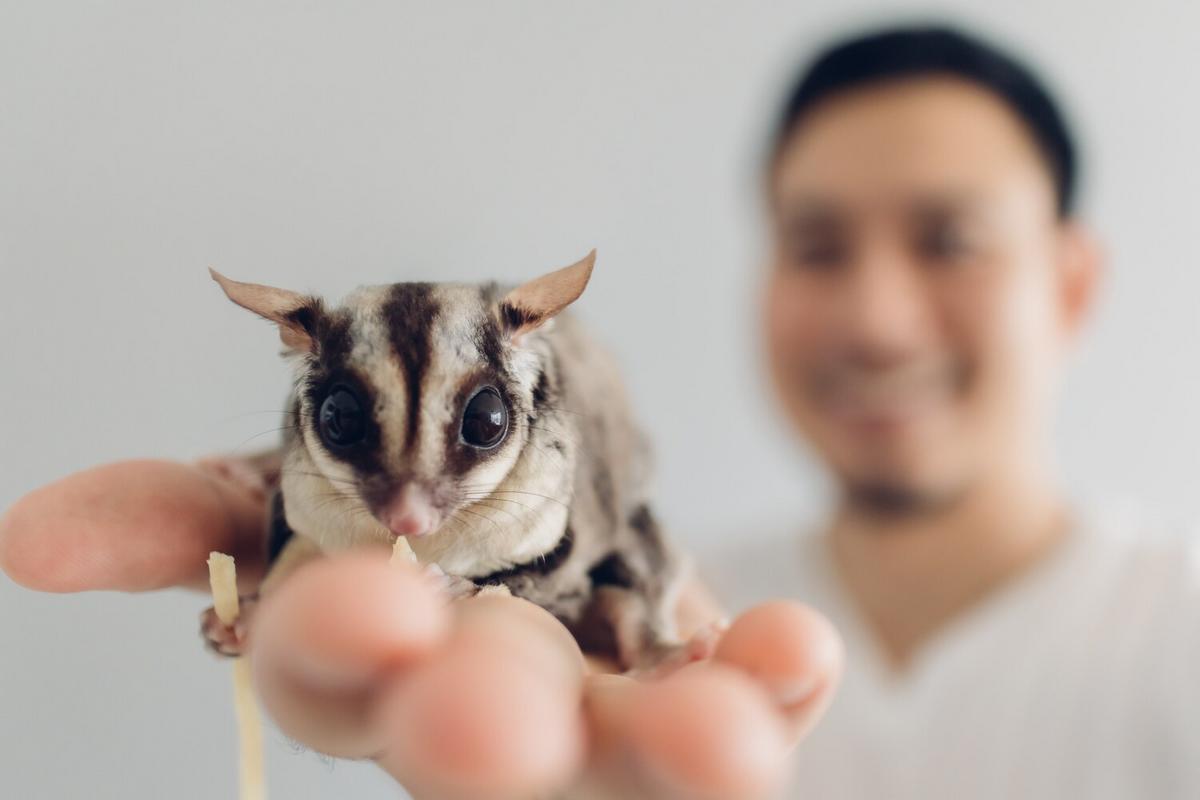
Critical Endangered Species: Can Captive Breeding Programs Save Them?
The plight of critically endangered species captures the attention of conservationists worldwide, urging us to find solutions before it’s too late. One approach gaining traction is captive breeding programs, but can these initiatives truly save species on the brink of extinction?
Understanding Captive Breeding Programs
Captive breeding programs involve breeding endangered species in controlled environments, such as wildlife reserves, zoos, and breeding centers. The goal is to increase population numbers and genetic diversity, ultimately facilitating reintroduction into their natural habitats.
Expert Insights
Dr. Robert Lacy, a renowned conservation biologist, emphasizes, “Captive breeding is not a standalone solution but rather a vital tool in a broader conservation strategy.”
His sentiment is echoed by many experts who argue that while captive breeding can be effective, it must be part of a holistic conservation plan.
Statistics Highlighting Success
According to the International Union for Conservation of Nature (IUCN), species such as the California condor and the Arabian oryx have seen population recoveries due to successful captive breeding efforts. The California condor’s numbers have increased from just 27 individuals in the wild in 1987 to over 400 today, thanks to dedicated breeding programs.
Lessons from the Field
Consider the case of the black-footed ferret, once thought extinct. Through captive breeding and reintroduction efforts, over 300 individuals are now thriving in the wild. This success story underscores the potential for captive breeding to play a crucial role in species conservation.
Actionable Tips for Supporting Conservation
- Support zoos and conservation organizations involved in captive breeding efforts.
- Advocate for habitat protection to ensure reintroduced species have a safe environment.
- Participate in citizen science projects to gather data and support research efforts.
Internal and External Resources
For more information on endangered species and conservation efforts, visit the World Wildlife Fund and IUCN websites.
Conclusion
While captive breeding programs provide a beacon of hope for critically endangered species, they are most effective when integrated with broader conservation initiatives. By supporting these programs and advocating for environmental protection, we can contribute to the survival of species at risk.
Frequently Asked Questions
What is the main goal of captive breeding programs?
The primary aim is to increase population numbers and genetic diversity to support species reintroduction into the wild.
Are captive breeding programs always successful?
Success varies; some species have rebounded significantly, while others face ongoing challenges due to habitat loss and other factors.
How can individuals contribute to these efforts?
People can support conservation organizations, advocate for environmental protection, and participate in educational initiatives to raise awareness.


